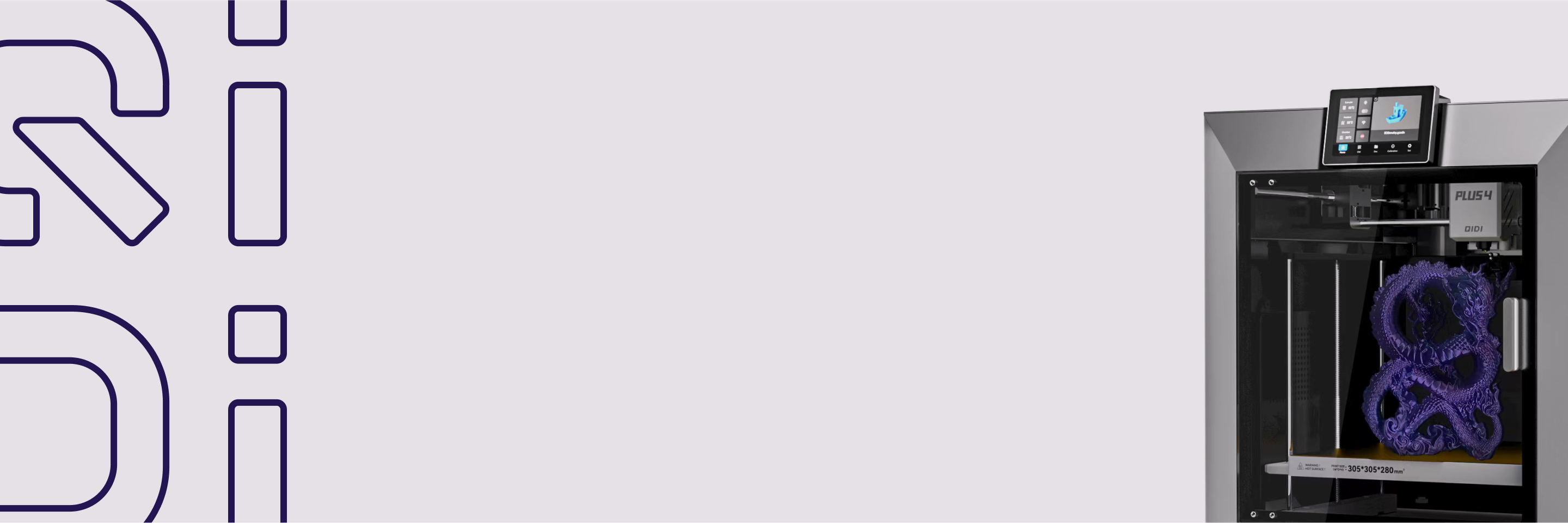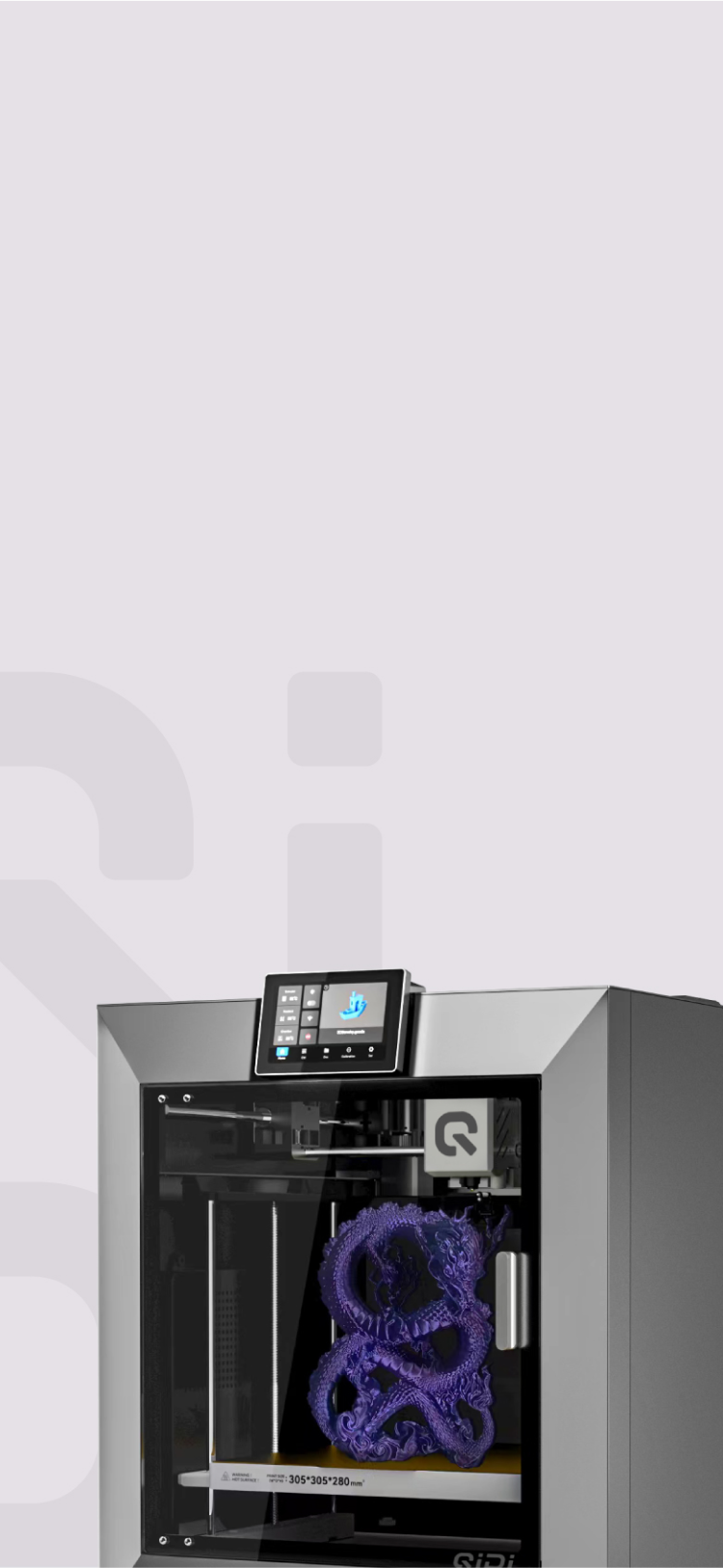3D Printing Elephant Foot: How to Fix and Prevent It


A clean base sets the tone for the entire print. When the bottom edge flares outward, parts lose accuracy, press fits jam, and finishing time grows. This defect, often called elephant foot, follows clear patterns. With a short sequence that covers first-layer geometry, heat control, and slicer compensation, your 3D Printing workflow can deliver sharp edges and stable dimensions on a consistent basis.

What Is Elephant Foot in 3D Printing?
An elephant foot is the outward bulge that appears around the first few layers of a part. The perimeter looks swollen, the corners lose their crisp line, and the base sits wider than the model. Two forces usually meet here. The first layer may be pressed too close to the build plate, and the bottom of the print may stay soft for longer because of the heat. The result is a visible lip that affects tolerances and surface quality in 3D Printing.
Causes of Elephant Foot
This defect rarely comes from one setting. It reflects the interaction of heat, first-layer geometry, and slicer choices. Understanding the role of each category lets you correct the problem without guesswork and protects future 3D Printing jobs from drifting back to the same flaw.
After the quick overview below, you can move directly into the step-by-step fixes in the next section.
| Category | What Happens | Visible Clues | First Checks |
| Heat management | Bed or chamber runs hot and the base remains soft longer. | Glossy, slightly rubbery bottom layers; rounded corners | Step bed temperature down after layer one; moderate chamber temperature for low-temp filaments |
| First-layer geometry | Z-offset too low or bed uneven, so the nozzle pushes plastic outward. | Lines look smeared; skirt and brim appear overly flattened | Re-level; reset Z-offset with a test pattern; verify plate flatness |
| Slicer parameters | First-layer flow too high, line width too wide, or cooling too low. | Lip shrinks when fan increases later in the print | Tune first-layer flow, width, speed, and early cooling |
| Part design | A sharp 90-degree base traps heat and shows expansion. | Lip survives across profiles and materials | Add a small base chamfer in CAD for press-fit faces |
How to Fix Elephant Foot: Step-by-Step Solutions
Work from foundation to fine-tuning. This order solves root causes first and uses compensation only as a finishing tool. It also speeds up validation because each change has a clear purpose in your 3D Printing process.
Re-establish a clean first layer
Start with automatic leveling. Then set Z-offset using a first-layer test pattern. Lines should be slightly flattened with clean boundaries between adjacent lines. If the surface looks smeared or ridged, raise Z in very small steps until the texture becomes even and the brim does not mushroom outward.
Adjust the heat with a staged plan
Hold a warm bed for the first layer, then reduce a few degrees once adhesion is locked in. If your printer has a heated chamber, keep it high enough for materials that need it and minimal for low-temperature filaments. Small changes matter. A modest bed step-down after layer two and a lower chamber set-point for easy plastics help the bottom edge set early and resist creep.
Apply slicer-level compensation
Most slicers provide a horizontal expansion control for the first layer. Enter a small negative value to shrink the base in X and Y by a controlled amount. Begin with −0.1 mm to −0.2 mm and confirm with a 20 mm calibration square. In your slicer, enable elephant foot compensation under Print settings and save it as part of your material preset once verified.
Tune flow, line width, speed, and early cooling
Reduce first-layer flow by a few percent if the brim looks swollen. Keep the first-layer line width close to the nozzle size rather than pushing the width aggressively. Slow the first layer for consistent adhesion, then enable part cooling after layer one for materials that benefit from it. A gentle fan helps the base solidify and keeps the perimeter from sliding outward.
Add a base chamfer when fit matters
A small 0.2 mm to 0.5 mm chamfer around the model’s base hides any remaining expansion. It also protects edges that must slide into another part. This design guardrail saves finishing time and often improves the visual line of the print.
How to Prevent Elephant Foot in Future Prints
Prevention reduces wasted plastic and keeps schedules honest. A light set of standards that you apply to every job is enough. The goal is a base that adheres quickly, then firms up before the perimeter can spread. The following habits make that outcome repeatable in your 3D Printing routine.
Create a repeatable first-layer baseline
Save a profile with a known Z-offset, a consistent first-layer height, and a slow, predictable speed. Use the same test pattern when you change nozzles, spring-steel plates, or textured sheets. Small checks protect you from chasing symptoms later.
Use staged temperatures by material
Adopt a two-stage bed plan by default. Pair it with chamber heat that matches the polymer family. PLA and similar materials work best with minimal chamber temperature. ABS, ASA, and PA blends benefit from a warm, stable chamber that limits warping while the bed steps down after the first layers.
Bake compensation into presets
If your parts include press-fit features or sliding interfaces, add a small negative first-layer expansion in the profile you use for those jobs. Save this inside your slicer with clear names for each filament. The correct compensation then loads with the material and does not depend on memory.
Design edges that stay crisp
Add a small chamfer on bases that must remain dimensionally true. This change does not weaken typical parts and removes the need for tedious edge cleanup. It also helps molds, jigs, and fixtures locate correctly on work surfaces.
Keep the surface honest
Clean the build plate and check for flatness. Dirt and local high spots tempt you to push Z-offset lower than it should be. The print sticks, yet the base spreads. A clean, flat plate lets you run a lighter squeeze and maintain crisp geometry.

Ensure Square Edges on Every Print
Treat elephant foot as a small alignment problem between geometry and heat. Start with leveling and Z-offset, set temperatures so the base firms up early, then add a touch of compensation in the slicer for parts that demand a tight fit. Keep those settings inside stable slicer profiles. Your 3D Printing parts will leave the bed with square edges, accurate dimensions, and less finishing work.
5 FAQs about Troubleshooting Elephant Foot
Q1: How can I confirm the issue is elephant foot, not general over-extrusion?
A: Measure the base and mid-height with calipers. If widening appears only in the first few layers and vanishes higher up, it’s elephant foot. Over-extrusion enlarges features throughout the part. Disable brims for the test and inspect a plain edge.
Q2: Will using a raft remove elephant foot from the model itself?
A: Yes. A raft prevents elephant foot on the model by moving the lip to the raft interface. Use a small air gap and moderate raft temperatures; expect a rougher underside and slight Z offset. Prefer slicer elephant foot compensation when the underside finish matters.
Q3: Which build plate surface hides elephant foot best?
A: Textured PEI masks small bottom lips visually and can cut post-processing time. Smooth PEI or glass shows the defect clearly, which helps diagnostics. Choose based on finish goals. Keep the plate clean and confirm Z-offset accuracy for any surface.
Q4: How should I adjust for flexible filaments like TPU?
A: Keep the chamber off, use only the bed heat needed for adhesion, and enable gentle cooling after layer one. Lower first-layer flow and avoid extra-wide first-layer lines. A light glue-stick film can ease release so the base lifts cleanly without stretching.
Q5: Can I remove elephant foot cleanly without reprinting?
A: Yes. Place fine sandpaper on a flat glass plate and slide the part in small circles to square the base. Follow with a deburring tool or sharp scraper to restore the edge. Check with a small machinist square as you work.


 Q2
Q2
 QIDI Box
QIDI Box
 Plus 4
Plus 4
 Q1 Pro
Q1 Pro
 X-Max 3
X-Max 3

